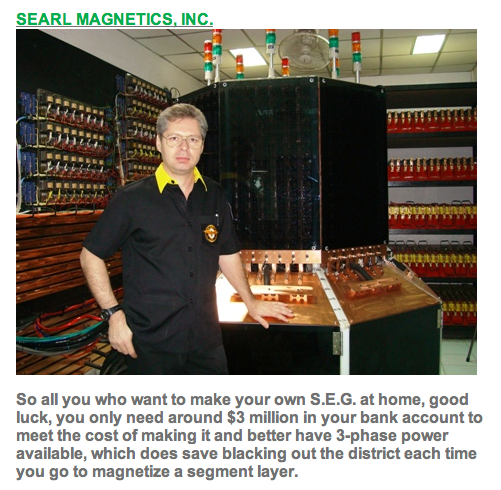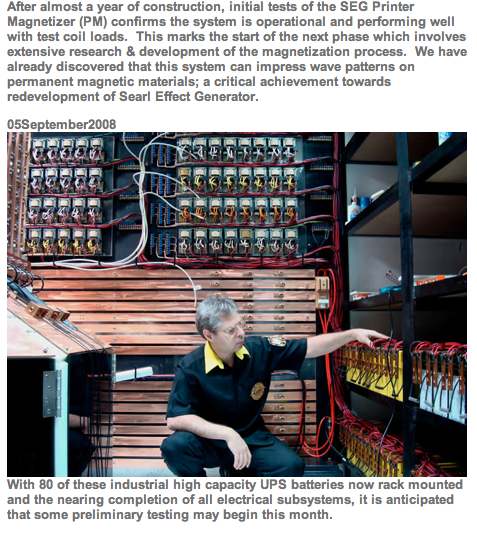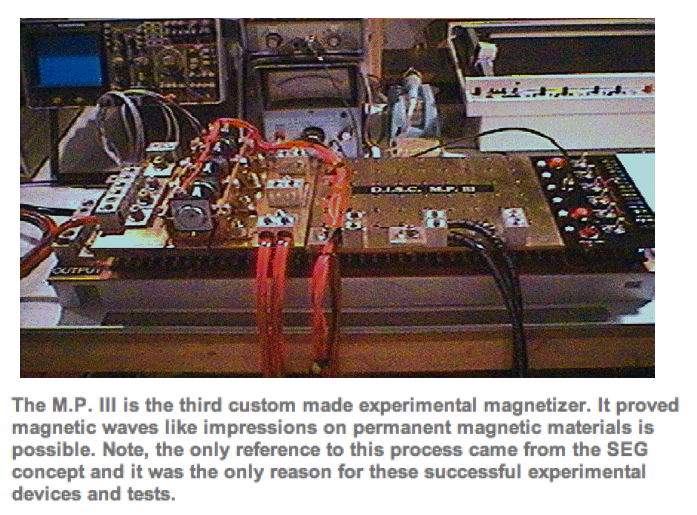Correct! There is an ungodly amount to wrap one's mind around.
When John first developed the SEG, he walked into a multi-million dollar infrastructure and had free access to everything!
Megawatts of power, a caged magnetizer bigger than the room you're sitting in, teams of engineers, he didn't have to pay labor, medical benefits, liability insurance, rent, had all the tools and materials provided, etc. (Except the neodymium powder from China. That cost 65 cents a kilo back then.)
Was so cheap because the only place it was used was to tint glass purple.
For John to do what he did back then, it only cost him about 108 british pounds.
Today, we would have to purchase that entire infrastructure from scratch, and at modern prices. And pay the labor, utilities, rent, and all that Per employee and by the hour.
That represents a few million dollars worth of industrial resources.
John was at the right place at the right time back then.
With all of those unlimited resources, it still took almost a year of full time work with trials and lots of errors before getting everything right.
To duplicate that will cost some dough.
No Bucks.. no Buck Rogers.
When John first developed the SEG, he walked into a multi-million dollar infrastructure and had free access to everything!
Megawatts of power, a caged magnetizer bigger than the room you're sitting in, teams of engineers, he didn't have to pay labor, medical benefits, liability insurance, rent, had all the tools and materials provided, etc. (Except the neodymium powder from China. That cost 65 cents a kilo back then.)
Was so cheap because the only place it was used was to tint glass purple.
For John to do what he did back then, it only cost him about 108 british pounds.
Today, we would have to purchase that entire infrastructure from scratch, and at modern prices. And pay the labor, utilities, rent, and all that Per employee and by the hour.
That represents a few million dollars worth of industrial resources.
John was at the right place at the right time back then.
With all of those unlimited resources, it still took almost a year of full time work with trials and lots of errors before getting everything right.
To duplicate that will cost some dough.
No Bucks.. no Buck Rogers.









Comment